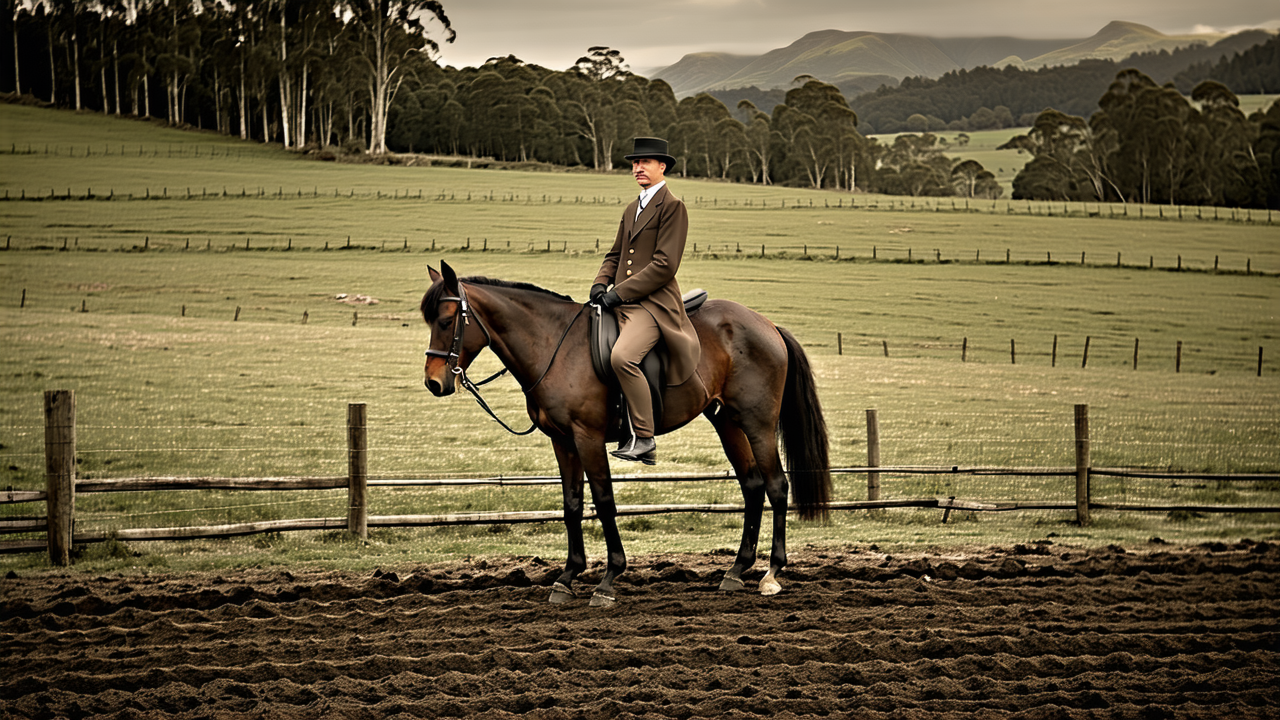From Scarcity to Scholarships: The Evolution of Veterinary Services in 1930s and 1940s New Zealand
From Scarcity to Scholarships: The Evolution of Veterinary Services in 1930s and 1940s New Zealand
In 1935, the Levin Daily Chronicle reported a startling statistic: there was only one veterinarian for every 175,000 livestock in New Zealand. This was a time when the veterinary profession was in its infancy, and the challenges faced by those in the field were immense.
Being a vet during the 1930s and 1940s was a demanding and often dangerous job. Vets had to travel great distances to reach farms, often on horseback or by bicycle. Antibiotics such as penicillin were not widely available until the 1940s, making the treatment of infections a daunting task. Despite these hardships, many found the work deeply rewarding, especially as they played a crucial role in the health of both animals and communities.
The lack of veterinary professionals was not just a local issue. In 1935, Sir Francis Fraser, addressing the New Zealand Veterinary Association, highlighted the urgent need for more trained individuals to combat diseases like bovine tuberculosis. He noted that New Zealand had far fewer vets per head of livestock compared to countries like the UK and the US, and this gap was due in part to the lack of awareness among farmers about the importance of veterinary science.
In response to this growing need, the New Zealand Government began offering veterinary scholarships in the late 1930s. By 1938, four scholarships were granted to students who would train in Sydney or the UK. These scholarships were not only a boon to aspiring vets but also a sign of the government’s recognition of the profession’s importance to the national economy and public health.
The demand for veterinary services continued to grow throughout the 1940s. By 1945, Auckland was described as “woefully short” of vets, prompting calls for the establishment of a local veterinary school. The need was not just for livestock but for all animals, and the shortage was a growing concern for both farmers and animal welfare advocates.
By the late 1940s, the push for more veterinary services was still strong. In Central Hawke’s Bay, farmers and leaders of the Federated Farmers called for the establishment of a veterinary service, citing the success of the Gisborne Veterinary Club as a model. These efforts reflected a growing awareness of the importance of veterinary science to the agricultural sector and the broader community.
The journey from a single vet per 175,000 animals to the establishment of scholarships and the eventual development of a more robust veterinary profession is a testament to the resilience and vision of those who worked to improve the field. Today, the profession is more diverse, with women playing a prominent role, and the advancements in veterinary science have made a world of difference in the care of animals and the health of the public.
